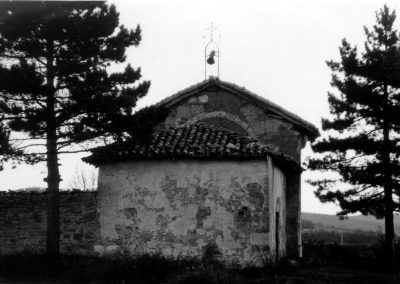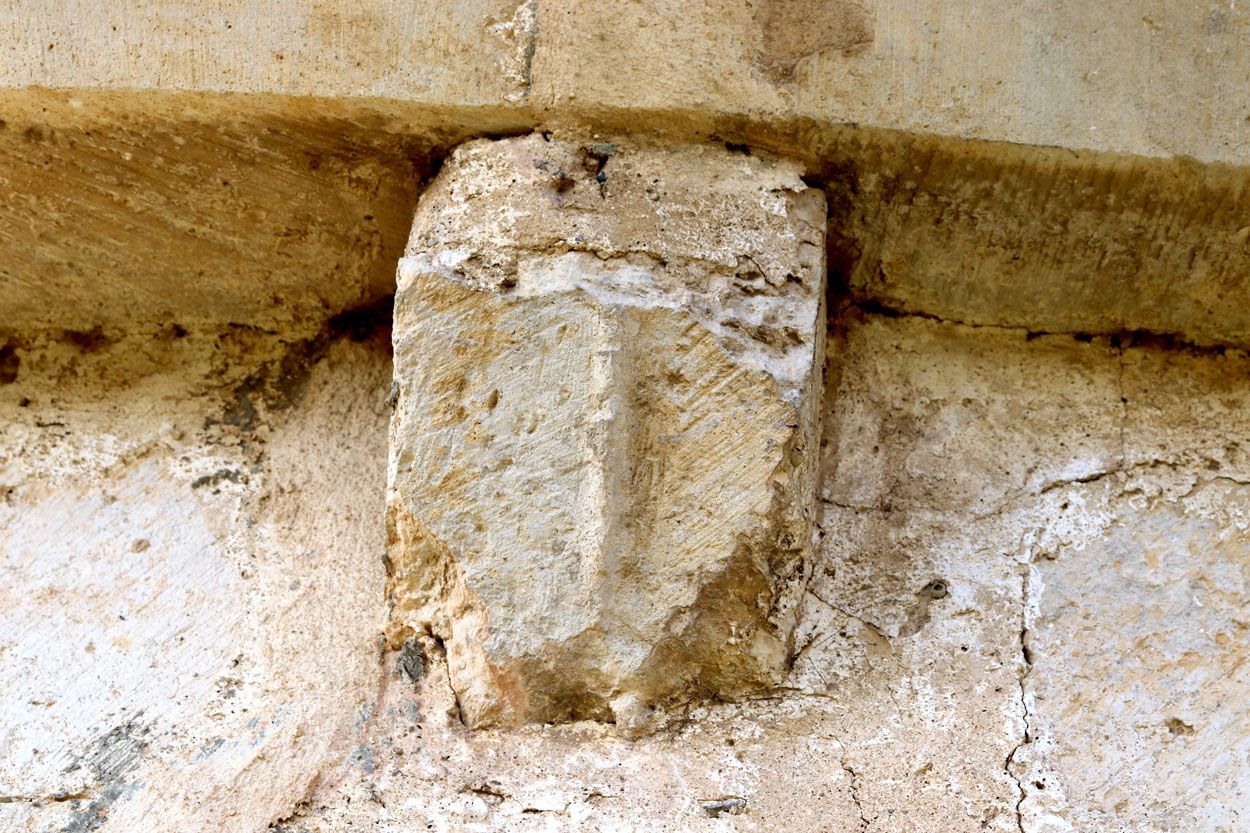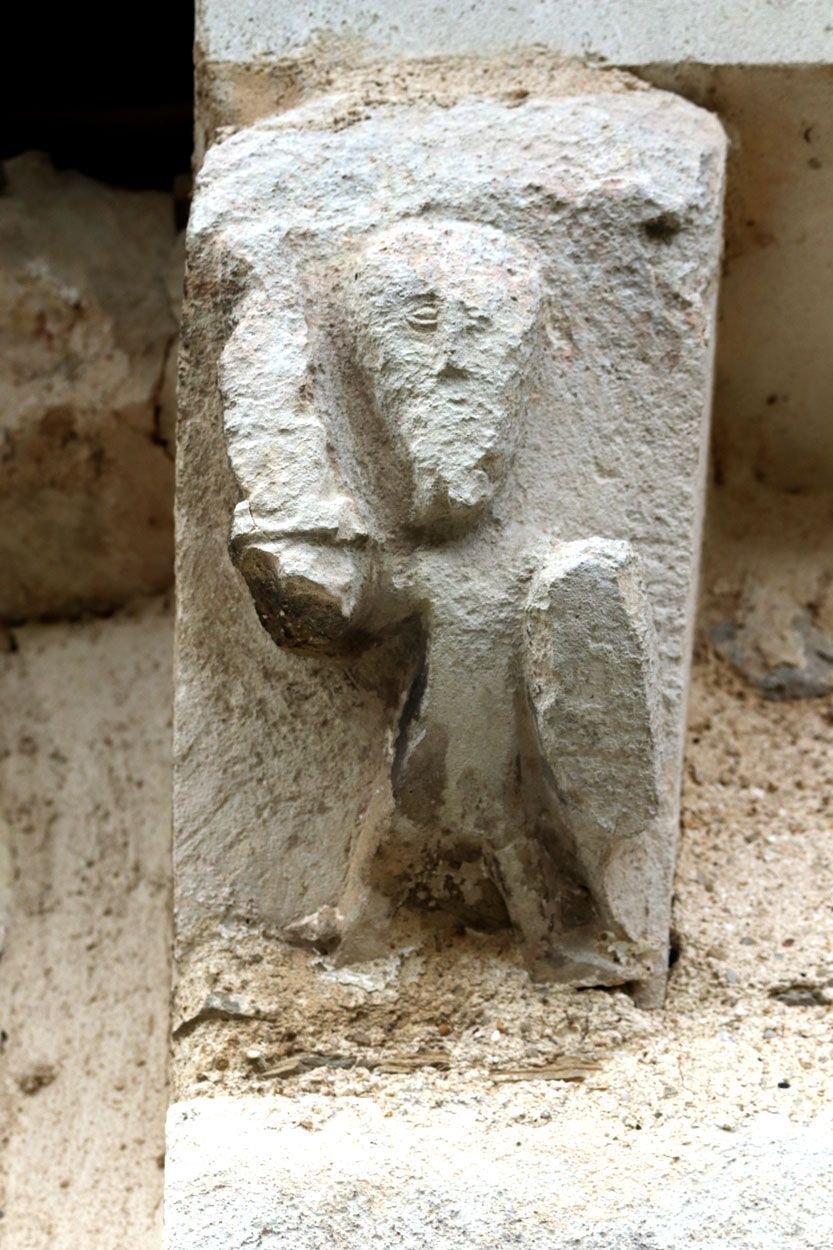
A digital gate open to heritage

On the outskirts of the town of Elburgo, between crop fields, we find Saint John’s hermitage. This building is the only standing remnant that testifies the existence of an ancient small village, named Arrarain, that prospered in the area until the 14th century, when it was abandoned. This abandoned village was located near the commonly known as “Road of the Romans”, which already indicates the presence in the vicinities of the ancient Roman road that connected Bordeaux with Astorga and that crossed alavaise lands. After centuries functioning as a hermitage, maintained by the residents of Elburgo, they decided to place their cemetery next to the north wall of the small temple, so this is why it works as the chapel of the town’s cemetery today.Introduction
The abandoned village of Arrarain
There are many abandoned villages or mortuorios (as they were called in the Middle Ages) in the Alavese Plains of which only the name has remained and, with any luck, the old parish converted into hermitage. The reasons for the abandonment of these places can be diverse: diseases that put an end to the lives of all the inhabitants, an uncomfortable location that causes residents to move to more comfortable areas, the abandonment of roads that used to attract trade or, as in the case of Arrarain, the creation of a nearby village that, due to its fiscal and legal advantages, contributed to the abandonment of the small village and to the move of the residents within the boundaries of the newly established town. The foundation of Elburgo in 1337 by the Castilian king Alfonso XI entailed such a strong pressure for the adjacent villages that many of them were abandoned by their residents, who moved to the village in search of a better life.
Exterior Only the apse has survived from the primitive Romanesque church of the 12th century, while the nave has been replaced by a later body, covered by wooden beams. On the apse we find a simple round arch window held by a pair of columns with cable mouldings on the pedestals.The hermitage






























